Putting humans on the moon is more political than you might think.


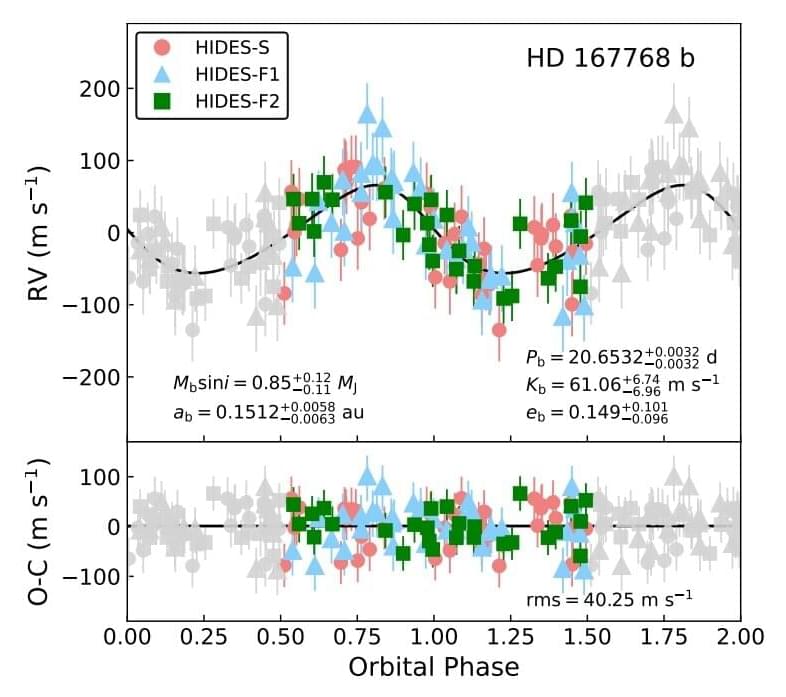
Using radial velocity measurements, astronomers from Japan and China have detected a new exoplanet orbiting a G-type giant star. The newfound alien world is similar in mass to Jupiter but much hotter than the solar system’s biggest planet. The discovery is reported in a paper published November 12 on the arXiv pre-print server.
The radial velocity (RV) method to detect an exoplanet is based on the detection of variations in the velocity of the central star, due to the changing direction of the gravitational pull from an unseen exoplanet as it orbits the star. Thanks to this technique, more than 600 exoplanets have been detected so far.
Now, a group of astronomers led by Huan-Yu Teng of the Tokyo Institute of Technology in Tokyo, Japan, reports the finding of a new giant planet as a result of RV measurements using the HIgh Dispersion Echelle Spectrograph (HIDES) at Okayama Astrophysical Observatory (OAO) in Japan. The planet orbits a deeply evolved solar-mass G-type giant star known as HD 167,768, located some 353 light years away.

On its journey to a world-record-breaking orbit, NASA’s Orion spacecraft, which had test dummies in place of people, buzzed the lunar surface and whipped around the far side.
It marks a significant accomplishment in the $4.1 billion test journey that started last Wednesday and is the first time a capsule has reached the moon in 50 years.
The crew capsule and its three wired-up dummies maneuvered within 81 miles of the Moon on the far side.
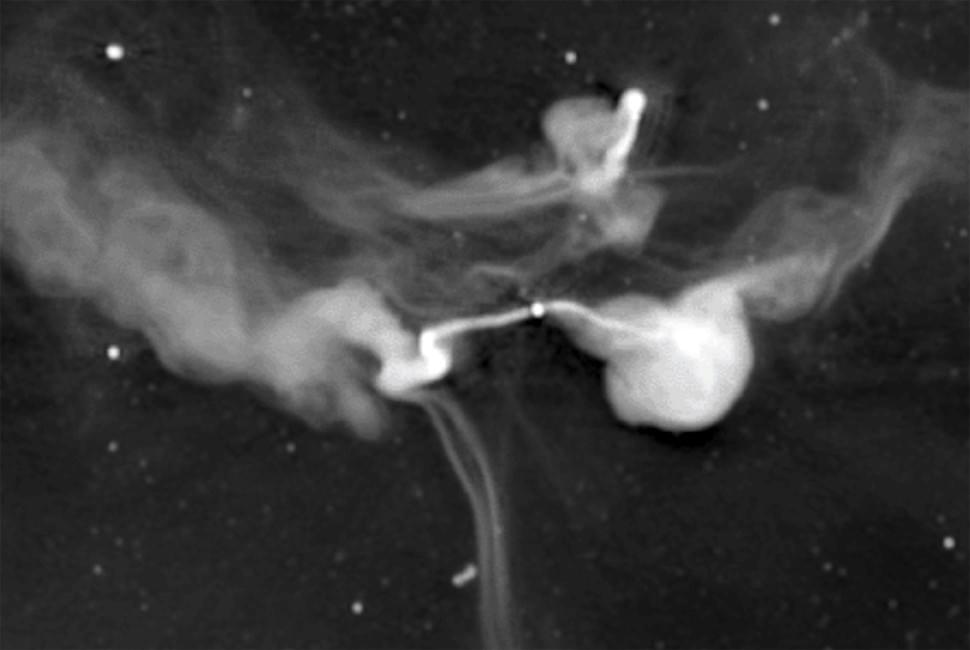
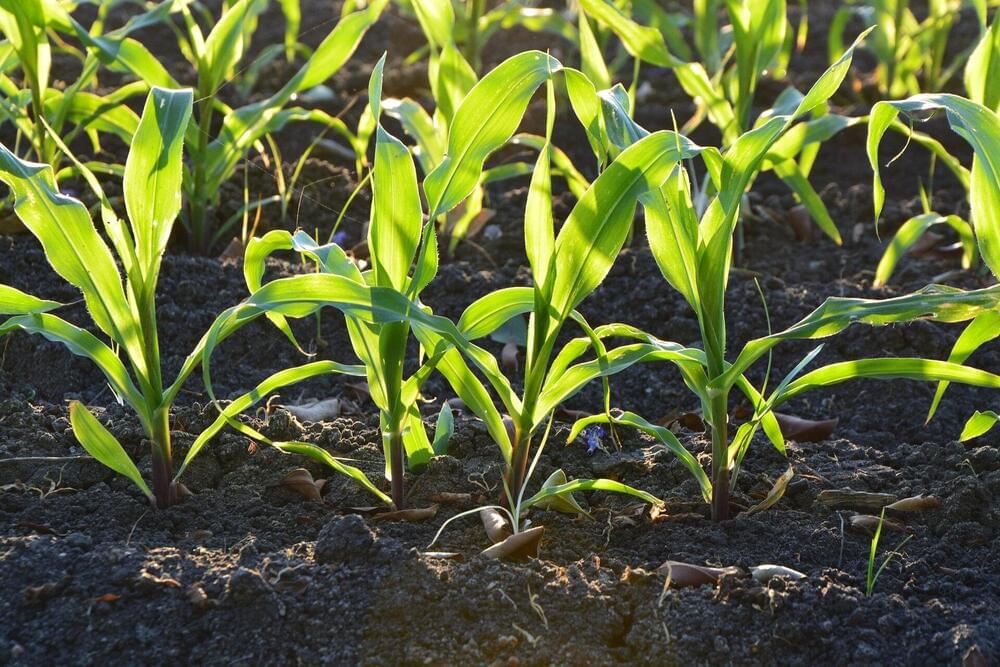
A University of Maryland researcher and colleagues found that the fungus Metarhizium robertsii removes mercury from the soil around plant roots, and from fresh and saltwater. The researchers also genetically engineered the fungus to amplify its mercury detoxifying effects.
Mercury pollution of soil and water is a worldwide threat to public health. This new work suggests Metarhizium could provide an inexpensive and efficient way to protect crops grown in polluted areas and remediate mercury-laden waterways.
The study, which was conducted by UMD professor of entomology Raymond St. Leger and researchers in the laboratory of his former post-doctoral fellow, Weiguo Fang (now at Zhejiang University in Hangzhou, China), was published in Proceedings of the National Academy of Sciences (PNAS) on November 14, 2022.
🔺An ambient Sci Fi journey that evolves from light to dark, evoking imagery of distant, undiscovered secrets of the beyond. Let the music guide your mind and prepare for a ride smile In all seriousness though, this is quite a nice one. Not superhappy with the results, but it’s good enough. It’s reminescent of my older sci fi journeys. At times you may find it to dark and pressing, but the light will come again. Also, the ambience in this one is really cool. I took my time to sound design passing spaceships and shuttles as distant traffic in the background and it works extremely well and feels totally believable imo. Think I’m gonna do a video just for that ambience. Oh, visuals is kinda great too smile Thanks for your support guys smile Have a great day everyone🔺 SEO: I create ambient space music, ambient sci fi music, ambient cyberpunk music, ambient fantasy music to be used as ambient background music. You can use the music as ambient music for study, ambient music for focus, ambient music for work, ambient music for sleep, ambient music for relaxation, ambient music for reading, ambient music for writing — whatever really smile All my ambient music contains rain ambience or nature ambience. My music is best described as atmospheric ambient music, soothing ambient music, relaxing ambient music, tranquil ambient music, ethereal ambient music, cinematic ambient music, dark ambient music.
Note:
All music on this channel is not to be used without permission. It’s made for this channel only and is protected by Youtube Copyright law.
Please help the channel by liking 👍, write a comment ✏️ and subscribe 🔔, thanks 🙏!
Programs & equipment!
AUDIO CREATED WITH:
Propellerhead Reason.
Audition.
Reaper.
Waves Plugins.
VISUALS CREATED WITH:

Today, the number of confirmed exoplanets stands at 5,197 in 3,888 planetary systems, with another 8,992 candidates awaiting confirmation.
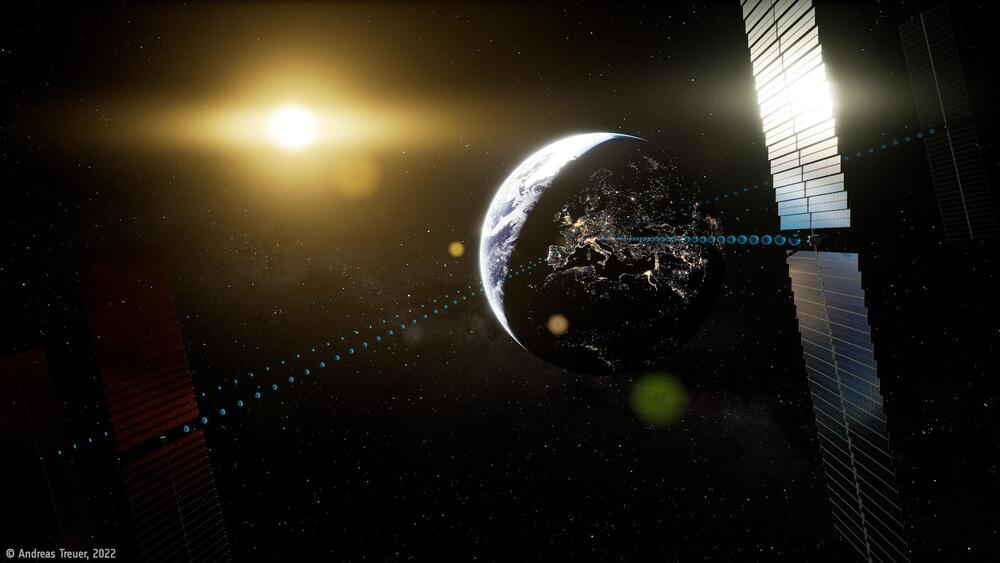
The Solaris program will study space-based solar power amid rising energy concerns.
The European Space Agency (ESA) is set to approve a three-year study to determine whether sending huge solar farms into space could effectively meet the world’s energy demands, a report from the BBC reveals.
So, if all goes to plan, the technology could one day harvest massive amounts of energy from space — enough to power millions of homes.
ESA / A. Treuer.
A space-based solar power plant would be launched into a geostationary orbit, meaning it would orbit in a fixed location over the Earth that would be hit by the Sun 24/7.
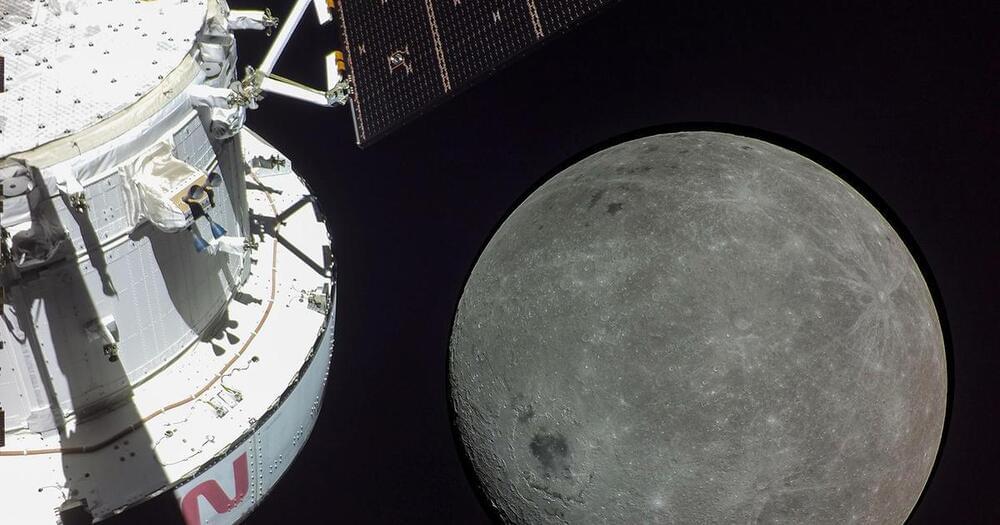
NASA’s unpiloted Orion moonship, sailing smoothly toward a remote lunar orbit after a spectacular low-altitude flyby Monday, is operating in near-flawless fashion, mission managers reported Monday, out-performing expectations on a flight to pave the way toward the first piloted mission in 2024.
An analysis of the huge Space Launch System rocket that boosted the Orion capsule on its way early Wednesday showed it performed almost exactly as expected, taking off atop 8.8 million pounds of thrust and producing a ground-shaking shock wave that literally blew the doors off launch pad elevators.
The core stage’s four upgraded space shuttle main engines and twin solid-fuel boosters propelled the 322-foot-tall rocket out of the atmosphere and into space almost exactly as planned. At main engine cutoff, the SLS was within 3 miles of its target altitude and within 5 mph of the predicted velocity.